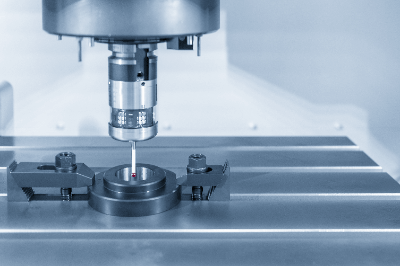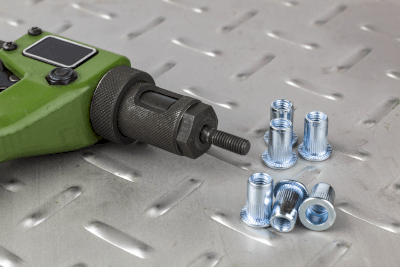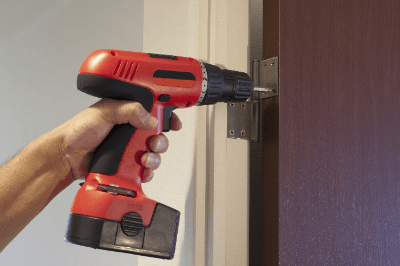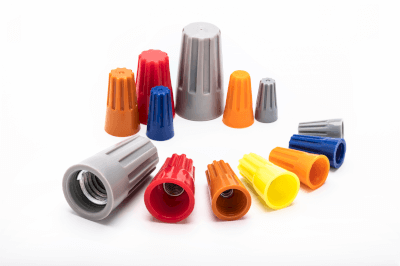What Is a Hose Band?

Hose bands are used for securely connecting and fastening hoses and pipes, and their applications range from garden hoses to industrial pipelines. These bands can be easily installed by wrapping the band around the hose and tightening it, effectively preventing leaks. Adjustable tightening force further ensures a snug fit, enhancing the durability and reliability of the connection.
However, selecting a hose band that properly fits the diameter of the hose or pipe is crucial for ensuring adequate securing force. Additionally, applying the correct torque is important, as over-tightening can cause damage to the hose.
Uses of Hose Bands
Hose bands are versatile and essential in various applications, from horticulture and automotive to manufacturing and household uses.
1. Horticulture
In horticulture, hose bands are pivotal in connecting garden hoses to water faucets, ensuring a leak-free connection and effective water pressure management.
2. Automotive
In automotive cooling systems, hose bands secure radiator hoses to engines, crucial for maintaining optimal engine temperature and preventing coolant leaks.
3. Manufacturing Industry
Used to attach cooling fluid supply hoses to industrial machinery, ensuring efficient cooling and operation of metalworking machinery and other equipment.
4. General Household
Essential for gas piping in kitchens and water line connections in laundry areas, preventing leaks and ensuring safety and efficiency.
Principle of Hose Bands
Hose bands consist of a band and a clamping mechanism, usually made of durable materials like stainless steel or aluminum for metal bands, or plastic for other varieties. They are designed to encircle the hose or pipe, with a clamp or buckle to tighten and secure the band, distributing clamping force evenly and ensuring a tight seal.
Types of Hose Bands
Diverse types of hose bands cater to specific needs and applications:
- Threaded – Featuring a threaded buckle for tightening, ideal for applications requiring strong clamping force, such as in automotive and industrial settings.
- Wire-Type – Made of metal wire, suitable for small hoses and high-temperature environments, offering even tightening and resistance to vibration.
- Clip-on – Utilizes a simple clip mechanism for quick and tool-free installation, perfect for gardening and pool hoses.





